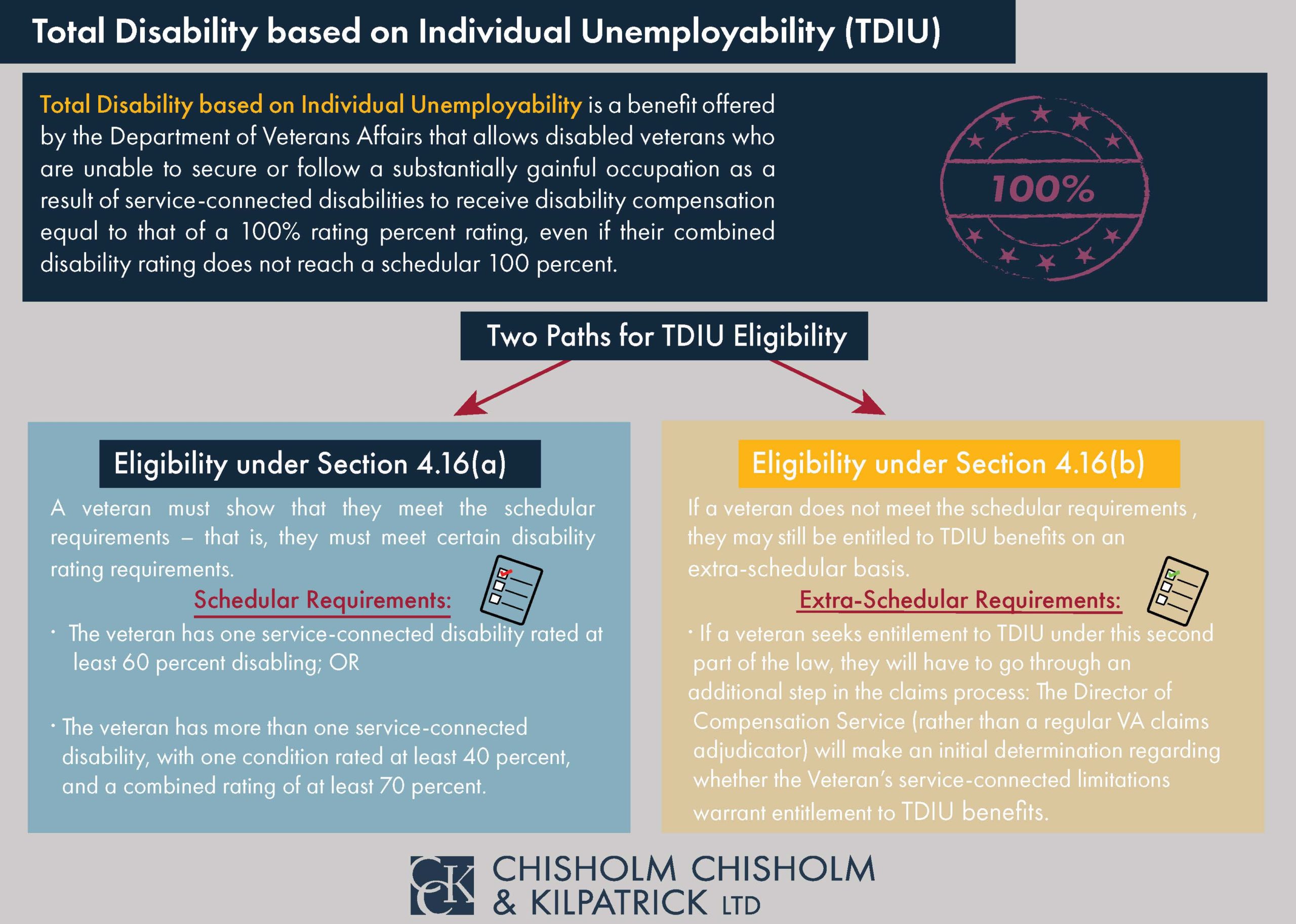VA Conditions Secondary to Ankle Disabilities

CCK Law: Our Vital Role in Veterans Law
In 2020, limitation of motion of the ankle represented the seventh most prevalent service-connected disability among newly compensated recipients. The Annual Benefits Report noted that roughly 50,000 veterans began receiving benefits for this disability in 2020. This ankle disability, and others, are among the most common for veterans. As such, veterans may be eligible for service connection for conditions secondary to ankle disabilities if their already service-connected ankle condition causes or aggravates another condition.
How Does VA Rate Ankle Disabilities?
VA rates ankle conditions as disabilities affecting the musculoskeletal system. This means that ratings are given under 38 CFR § 4.71a.
Limitation of Flexion of the Ankle, or Ankylosis—Diagnostic Code 5270
Under diagnostic code (DC) 5270, ankle tendonitis is rated according to ankylosis of the ankle (i.e., abnormal stiffening and immobility) as follows:
- 40% – in plantar flexion at more than 40 degrees, or in dorsiflexion at more than 10 degrees or with abduction, adduction, inversion, or eversion deformity
- 30% – in plantar flexion, between 30 and 40 degrees, or in dorsiflexion, between 0 and 10 degrees
- 20% – in plantar flexion, less than 30 degrees
Arthritis in the Ankle—Diagnostic Code 5002, 5003, 5271
This condition can be rated in a number of ways, based on the type of arthritis. For osteoarthritis in the ankle, the rating criteria under 38 CFR § 4.71a, Diagnostic Code 5003 are as follows:
- 20% – with X-ray evidence of involvement of two or more major joints or two or more minor joint groups, with occasional incapacitating exacerbations
- 10% – with X-ray evidence of involvement of two or more major joints or two or more minor joint groups
Importantly, these 20 and 10 percent ratings based on X-ray findings, and will not be utilized when rating ankle arthritis based on limitation of motion.
VA rates rheumatoid arthritis in the ankle under 38 CFR § 4.71(a), Diagnostic Code 5002. To be rated under this code, there are three specifications:
(1) the arthritis must be active;
(2) it must be affecting at least two joints; and
(3) the veteran must submit a definitive diagnosis.
The ratings range from 0 to 100 percent disabling and depend mostly on the number of incapacitating episodes a veteran experiences due to their rheumatoid arthritis. The rating criteria are as follows:
- 100% – with constitutional manifestations associated with active joint involvement, totally incapacitating
- 60% – with weight loss and anemia productive of severe impairment of health or severely incapacitating exacerbations occurring four or more times per year, or a lesser number of prolonged periods
- 40% – symptom combinations productive of definite impairment of health objectively supported by examination findings or incapacitating exacerbations occurring three or more times per year
- 20% – one or two exacerbations a year in a well-established diagnosis
Ankle Instability—Diagnostic Code 5271
Under DC 5271, ankle instability is rated according to limited motion of the ankle. The rating criteria is as follows:
- 20% – marked limitation of motion
- 10% – moderate limitation of motion

Symptoms of Ankle Disabilities
The symptoms of ankle disabilities can often overlap and, sometimes the symptoms can be indicative of other secondary conditions. Below are some common symptoms of ankle disabilities:
- Aching pain on the outside and back of the ankle
- Swelling
- Tenderness
- Warmth around ankle
- Pain during physical activity (e.g., walking, prolonged standing, etc.)
- Pain when turning the foot inward
- Pain when pushing off the ball of the foot
- Joint stiffness
- Feelings of wobbliness, or unstableness
- Persistent discomfort
Establishing Service Connection for Ankle Disabilities
There are three main ways a veteran can establish service connection: direct service connection, secondary service connection, and service connection by aggravation.
Direct Service Connection
To establish direct service connection for an ankle disability, the veteran must provide proof of the following:
- A current, diagnosed ankle condition;
- An in-service event, injury, or illness; and
- A medical nexus linking the current, diagnosed ankle condition to the in-service incurrence.
Veterans can submit a claim for VA disability benefits for their ankle condition with VA Form 21-526EZ. The form can be submitted via mail to the Evidence Intake Center or electronically through VA’s website.
Secondary Service Connection
A secondary service-connected condition is one that resulted from a separate condition that is already service connected. A veteran who has another condition that was caused by their service-connected ankle disability can become secondary service connected for the additional disability. For example, if a veteran’s ankle injury has caused them to develop a knee condition, the veteran can become service connected for that knee condition on a secondary basis.
To submit a claim for service connection for a condition secondary to an ankle disability, the veteran will need to submit:
- A current, diagnosed secondary condition; and
- A nexus linking the veteran’s secondary condition to their already service-connected ankle condition.
Service Connection by Aggravation
In some cases, VA will compensate veterans for medical conditions that existed at the time of entry into service and were made worse or “aggravated” by service. According to 38 CFR § 3.306, “a preexisting injury or disease will be considered to have been aggravated by active military, naval, or air service, where there is an increase in disability during such service, unless there is a specific finding that the increase in disability is due to the natural progress of the disease.”

Common Secondary Conditions to Ankle Conditions
- Plantar fasciitis—Plantar fasciitis is a condition affecting the foot that occurs when the plantar fascia, a thick band of tissue running across the bottom of the foot, becomes inflamed. The plantar fascia acts as a shock absorber and supports the arch of the foot, so when the tissues are overstretched tears can occur. Plantar fasciitis can be caused by a sudden injury to the ankle, which may cause the foot to roll one way or another.
- Knee pain—If an ankle is consistent, or goes untreated, it can cause knee pain. This may be because of the way a person has to alter their walk to ease the pain from an ankle injury, thus placing more pressure on the knees.
- Hip pain—Much like knee pain, hip pain can be caused by an ankle disability if the ankle disability causes a person to place more pressure on different areas of the leg when they walk. Added strain on the hips from an ankle disability can lead to a variety of hip conditions, including pain.
- Depression—Studies have linked depression with ankle conditions and other lower extremity disabilities. Often, a person’s mobility is impacted with an ankle injury or disability. This impaired mobility can cause or aggravate a person’s depression.
- Anxiety—Like depression, a person may go on to develop anxiety because of an ankle disability. Research published by the American Orthopedic Foot and Ankle Society indicated that people who experience chronic ankle pain also had a greater prevalence of anxiety.
Compensation and Pension (C&P) Exams for Secondary Conditions
Like with direct service connection, veterans who file a claim for secondary service connection may be requested to undergo a Compensation and Pension (C&P) exam . The purpose of this exam is to obtain more information about the connection between the veteran’s ankle injury and the claimed secondary condition.
The C&P exam will be performed by a VA examiner or a VA-contracted examiner. They may physically examine the veteran, if the secondary condition is physically examinable, or they may interview the veteran regarding the condition.
It is important to attend any C&P exams that VA requests, even if they request two exams: one for the ankle condition and one for the secondary condition. Though the exams may seem redundant, it is crucial that the veteran attends because VA may deny the claim if they do not.
TDIU and Conditions Secondary to Ankle Disabilities
Total disability based on individual unemployability, or TDIU, is a monthly VA benefit that compensates veterans at the 100 percent level if they are prevented from finding or maintaining substantially gainful employment because of their condition(s).
In order to be eligible for Schedular TDIU, veterans must have one condition rated at 60 percent minimum OR two conditions that can be combined to reach 70 percent, where one condition is at a minimum of 40 percent. As such, secondary service connection can be extremely helpful in boosting veterans to the 70 percent minimum needed for multiple conditions to achieve TDIU. The criteria for schedular TDIU is outlined under 38 CFR § 4.16(a).
Secondary service-connected conditions carry the same weight as primary service-connected conditions, meaning that both ratings can contribute to the overall combined rating.
Veterans who do not meet the necessary criteria for schedular TDIU may be eligible for extraschedular TDIU. For this form of TDIU, veterans must prove that their conditions uniquely hinder their ability to maintain substantially gainful employment. Extraschedular TDIU is rated under 38 CFR § 4.16b.
Need Help with Secondary Service Connection Relating to an Ankle Disability?
If your claim for secondary service connection has been denied, CCK may be able to help. Our experienced team of veterans advocates has helped numerous veterans win their claims for secondary service connection relating to ankle disabilities. Call our office today at 800-544-9144 for a free case evaluation to see if we can assist you.
About the Author
Share this Post

